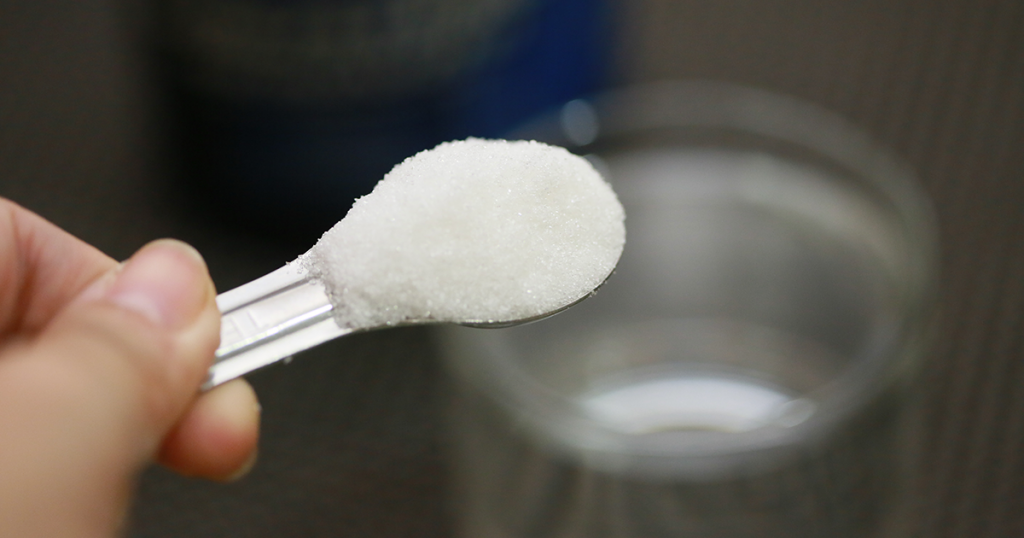
Guide to use micronized creatine monohydrate
Creatine is the most profitable product of its kind, with annual sales of more than $400 million. This product is praised for its ability to enhance athletic performance despite having no discernible flavour. For example, micronized creatine monohydrate is a form of the supplement that has seen significant growth in demand.
These details are all you need to know about taking creatine supplements.
The Nuts and Bolts
- Both amateur and professional athletes use creatine supplements to speed up muscle recovery and enhance their athletic abilities.
- Supplementing with creatine for a shorter time increases total creatine by 10% to 30% a result of a 10%-40% boost in phosphocreatine stores.
- The human body can make its own micronized creatine monohydrate, but it’s still important to get enough of it from food every day.
- Creatine is an organic compound that gets metabolised into creatine phosphate once it enters the body.
- Creatine phosphate is present because it helps the body make adenosine triphosphate (ATP), the molecule responsible for cellular energy metabolism and muscle contraction.
- Creatine supplementation, on the other hand, has been shown to significantly increase both total and lean body mass.
It has the potential to boost users’ stamina, power, and performance. However, if you want to maximise the benefits of your micronized creatine monohydrate supplementation, you must have a firm grasp on what micronized creatine actually is.
Creatine monohydrate that has been micronized has microparticles that are roughly 20 times smaller than the particles found in regular creatine powder.
Micronized creatine has the same benefits as creatine monohydrate but dissolves more quickly in liquids like milk and water.
The absorption rate of creatine is increased when it is micronized. The substance is more easily absorbed by the body because its constituent particles are smaller. This explains why almost nobody who has tried micronized creatine has complained of stomach issues.
The only major drawback to using micronized creatine is the higher cost compared to regular creatine supplements.
The supplement creatine ethyl ester, or CEE, should also be mentioned. This creatine is fat-soluble because it is linked to an ethanol ester.
Several supplement makers include it in their products as a means of facilitating the body’s absorption of creatine.
Research suggests that creatine ethyl ester has no additional benefits over creatine monohydrate for improving performance or building muscle.
Experts claim that after taking creatine ethyl ester as a supplement, a large amount of the compound was degraded in the gastrointestinal tract, leading to a dramatic elevation in serum creatine levels.
Many benefits accrue from using micronized creatine. Just what are they?
- Researchers have discovered that there are actually two main forms of creatine in the human body. Sixty percent of the stores are in a phosphorylated form, and the remaining forty percent are in a free form.
- Creatine stores in a young man weighing 70 kilogrammes are between 120 and 140 grammes.
- The amount of muscle a person possesses and the types of skeletal muscle fibres they have are the determining factors.
- By supplementing, people are able to increase the amount of creatine in their bodies. Creatine synthesis is a multi-step process that requires not one, not two, but three amino acids and three enzymes.
- Creatine, along with arginine, methionine, and glycine, as well as enzymes, in the diet guarantees that the body gets all the supplementation benefits it needs.
- Micronized creatine and other creatine supplements are chemically very similar. The compound occurs naturally in the human body, especially in the cells that contribute to the development of muscle tissue.
Energy production in skeletal muscle is aided by the creatine compound. This is a crucial factor to think about when attempting to lift heavy weights. The energy provided by creatine is essential for preserving muscle health during high-intensity exercise.






